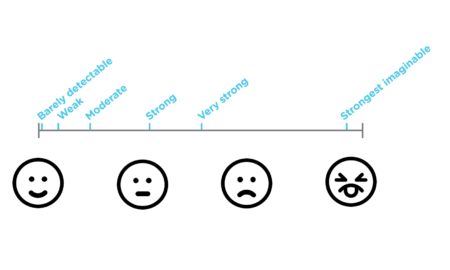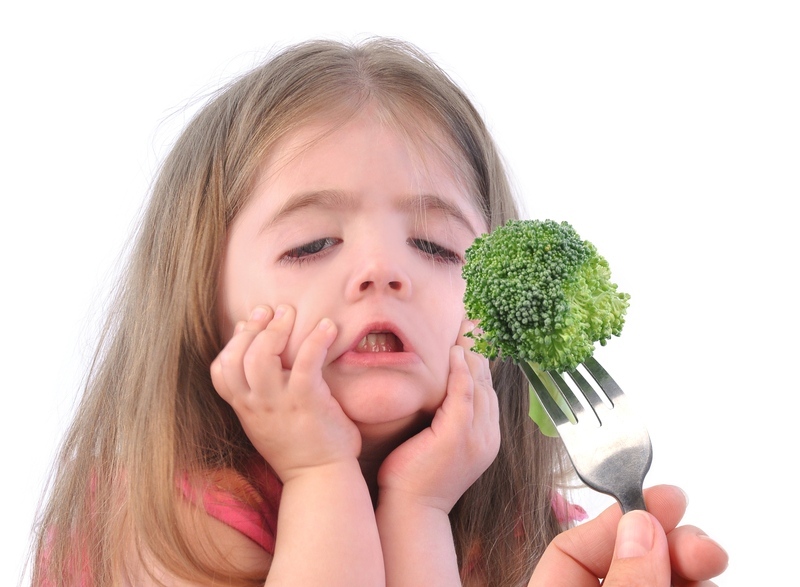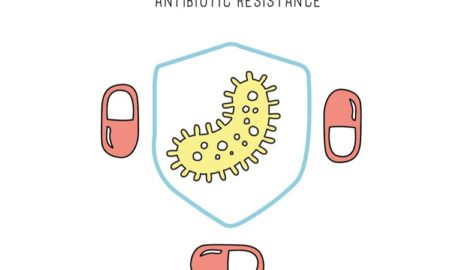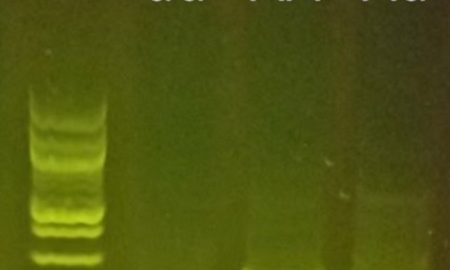CRISPR in action: Classroom tools to teach sickle cell gene therapy
A major medical breakthrough arrived in the last days of 2023, as the U.S. Food and Drug Administration (FDA) approved the first CRISPR-based therapy for the treatment of sickle cell anemia. This advance brings new hope to the hundreds of thousands who struggle with the disorder.
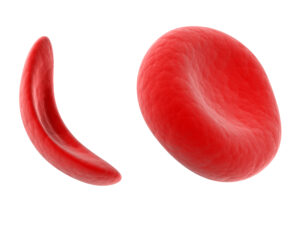
How to teach CRISPR gene therapy for sickle cell disease
Use this medical milestone in your classroom to spark your students’ curiosity – and to teach essential biology skills. Combine our hands-on teaching resources to build a blockbuster unit that imparts practical skills while reinforcing fundamental biology concepts:
- Introduce your students to sickle cell disease. Our Sickle Cell Genetics Learning Lab™ introduces students to the physiology and inheritance of this disorder through a diagnostics exercise. As they use gel electrophoresis to test a family for sickle cell disease (SCD), students will learn how a single point mutation leads to red blood cell deformation via production of a modified β-globin protein. The lab also gives students a chance to practice using essential biology tools like pedigrees and Punnett squares.
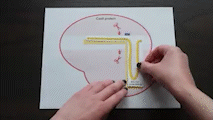
CRISPR paper model in action - Explain CRISPR gene therapy. The new, FDA-approved Casgevy gene therapy works by restoring expression of fetal hemoglobin, a separate form of hemoglobin humans usually make only briefly during development. CRISPR is used to disable the gene regulatory elements that suppress expression of fetal hemoglobin in adults. As a result, the body can produce enough normal red blood cells to relieve SCD symptoms. Use our free printable paper model for an engaging, hands-on demonstration of this breakthrough technology.
- Use CRISPR in your classroom. Now that they understand how CRISPR gene therapy works, arm your students with the skills to implement it in real life. As in SCD gene therapy, our Knockout! Learning Lab uses CRISPR to disrupt a gene. In this bacterial transformation lab, the knockout induces a visible color change in E. coli bacteria. With our optional add-on kit, students can extend the lab, using PCR and gel electrophoresis to confirm the edit.
CRISPR therapy for sickle cell disease offers a unique inroad to teach basic biology concepts, including cells, DNA structure, and inheritance. Layer in our hands-on teaching resources to build your students’ technical skills and foster even greater engagement.
Sickle cell gene therapy is just one exciting application of CRISPR technology. To learn more about this revolutionary tool and how it can be used in your classroom, visit the links below.
Related resources:
- Free CRISPR resources for your classroom
- CRISPR Learning Labs
- Webinar: What is CRISPR?
- Sickle cell: Natural selection in humans (HHMI BioInteractive)




